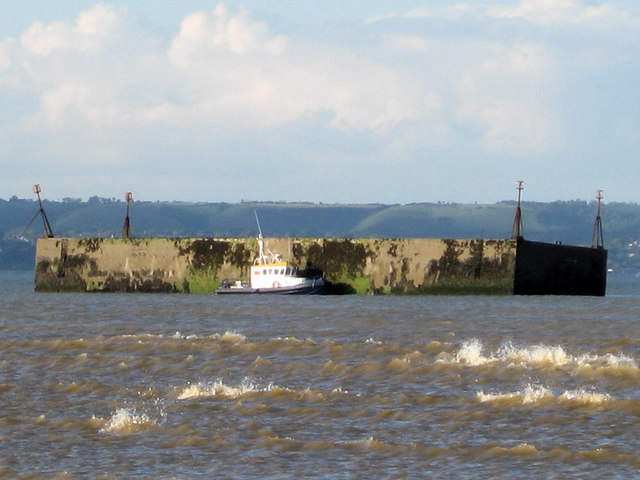The artificial harbor was a massive invention of the Second World War, and still lies unused on the beaches today. Its creation and use was specifically geared toward the Normandy landings of June 6th in 1944. Despite its incredible size, one of the key features resulting in the usefulness of the gargantuan concrete artificial harbor was the fact that it did not have to remain in one spot and could be transported.
On D-Day, when the Allied forces were invading Normandy, a great deal of planning had to go into the ordeal. Many obstacles would face a successful undertaking of Operation Overlord, one of which was simply getting everyone onto the beaches in the first place. The artificial harbor helped the Allies to do so, making it easier to transport both equipment and personnel. Such a port has not been used in the seventy years since the invasion, but at the time it was the best solution to an imposing problem, The Telegraph reports.
Because of their usefulness, it is fairly sensible that one of the ports is being designated as a historical monument. Currently located near Kent, the port is one of many WWII artifacts which was used in D-Day. The honoring of the artificial harbor happens to be falling in line with the seventieth anniversary of the Normandy landings, giving added weight to its significance. Such ports were able to transport incredibly high numbers of troops as well as tanks and armaments.
Thousands of cubic feet comprised the large platforms. As heavy as they were large, they were useful but also incredibly troublesome. In fact, some of the main troubles with these platforms are actually embodied by the mobile platform being memorialized. It is more or less stuck on the beach now, having been relatively useless ever since it was first beached in preparation for its mobilization.
The artificial harbor was good for more than just transport purposes, as it was also mounted with anti-aircraft guns that allowed the floating port to defend itself and its incredibly precious cargo. Also known as the Phoenix caisson, this incredibly massive invention did not see much use after D-Day, but still remain a symbol of man’s accomplishment and ingenuity in a time of need. A vast number of engineers was involved in the creation of the artificial harbor, and in many ways they are all being honored by the port’s elevation to protected status.
